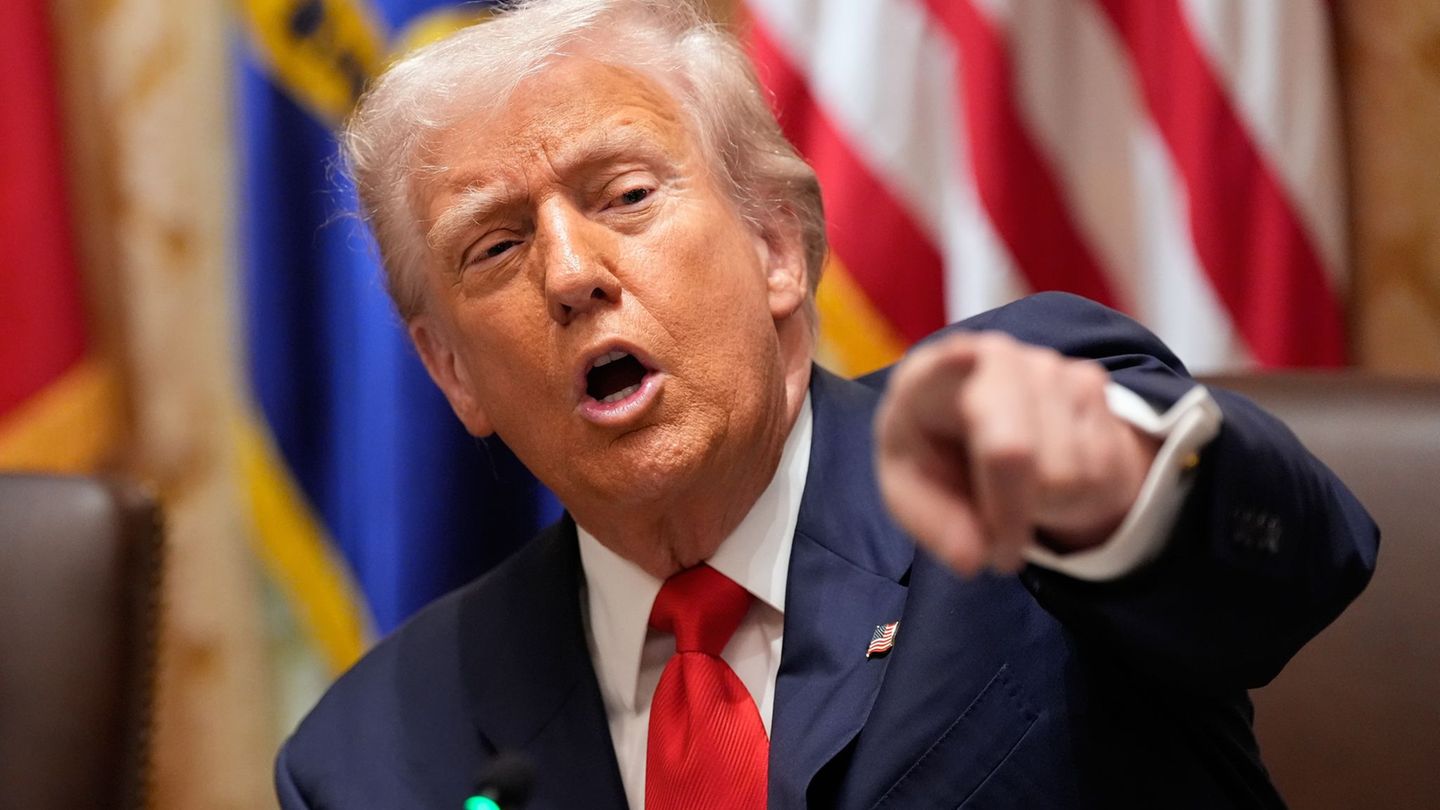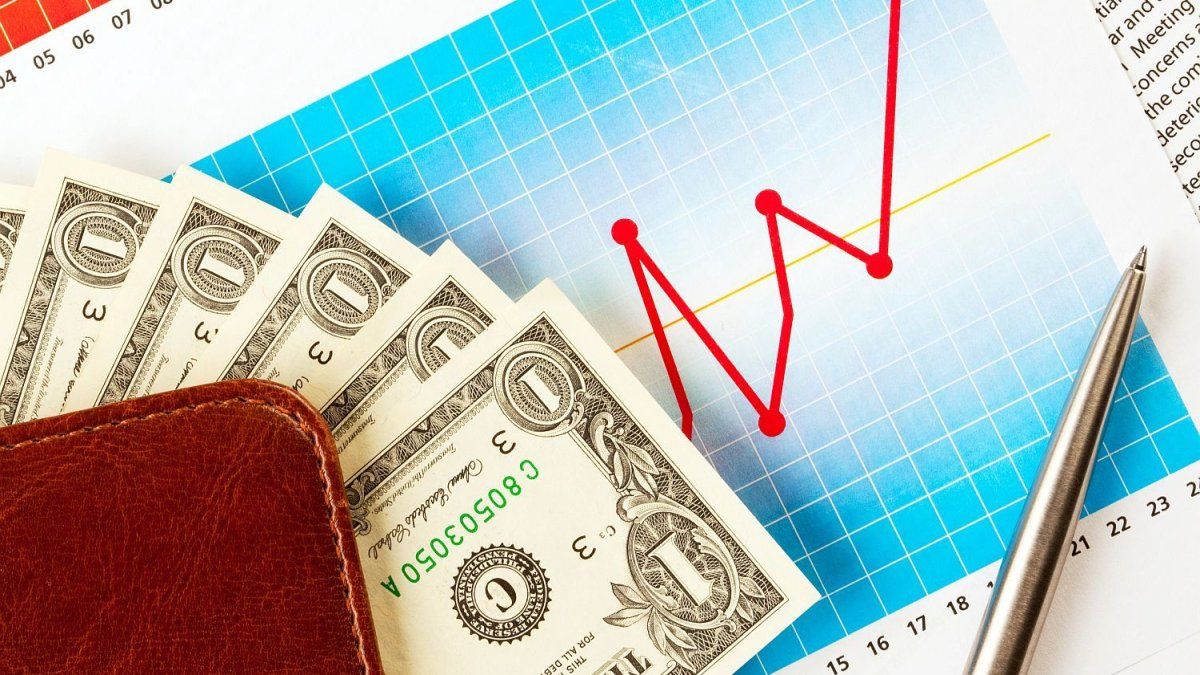Bolivia enacted a law that will allow it to sell up to 50% of its gold reserves, as it is affected by the lack of foreign currency.
Bolivian President Luis Arce made the law official last night, which had been approved in Congress and which will allow the monetization of 21.5 metric tons of gold out of the 43 it has as reserves, which will allow the use of US$ 1,260 million.
Gold represents the majority of Bolivia’s reserves, representing US$2.6 billion from US$3.5 billion at the beginning of last February, the last month in which data was published, that is, there were less than US$1 billion in freely available reserves. since the gold could not be used.
“22 tons, half, run out of capacity,” Economy Minister Marcelo Montenegro told the press in statements released by Agence France Presse.
The so-called “Gold Law”, in addition to giving the government more air by allowing it to meet financial obligations and support the exchange rate, empowers the Central Bank of Bolivia (BCB) to buy gold from local producers in local currency. , and thus rebuild its metal reserves.
The objective of the law, as explained by the president of the BCB, Edwin Rojas, is to “strengthen international reserves” in the face of a shortage of dollars, as a result of “the adverse effects of an unforeseen war between Ukraine and Russia, and the consequent increase of the cost of importing fuels”.
The rise in the cost of fuel implied a strong use of foreign currency, both to import it and to subsidize it internally.
Bolivia last year for the first time since the 1990s became a net importer of fossil fuels.
This year’s Budget foresees an expense of US$ 1,114 million to contain the internal prices of diesel and gasoline, according to the state oil company YPFB.
As a result of the approval of the law, Bolivian dollar bonds registered a strong rise last year, after having fallen 40% earlier this year, according to the Bloomberg agency.
However, the opposition criticized the Arce government for considering that the law does not represent a structural solution to the economic crisis.
The economist and academic Gonzalo Chávez pointed out in an opinion article that “bad investments by the State caused the reserves to fall since 2014, at which time they totaled US$ 15.1 billion.”
Chávez explained that to this is added a “public deficit that has averaged 7.7% of GDP for nine years”; and the reduction in gas production and its exports that dropped from “US$6.6 billion in 2014 to US$ 3,000 million in 2022”.
With regard to gas, Bolivia’s main source of income, the questions revolve around YPFB’s lack of investment in exploration to replace fields whose yield is running out, something that Arce himself acknowledged and promised to reverse: the Bolivian state company announced 11 exploratory projects for this year.
According to the consultancy Wood Mackenzie, if there is no change of course, Bolivia will no longer have more income from gas exports in 2030.
Another key for Arce when it comes to rebuilding currencies will be lithium, of which his country has the largest reserves in the world, although according to analysts more investments are needed to reach its potential.
Bolivia was also impacted by the rise in rates of the central banks of reference by making their financing more expensive in the market, and in 2022 it only obtained US$560 million in external credits of all kinds, which was insufficient to cover even US$920 million. millions that he had to pay in that concept.
The shortage of the North American currency and the runs that have been recorded since last February led almost all banks to limit withdrawals to US$300 a day per person, while the BCB has made several sales to meet the demand.
Source: Ambito




